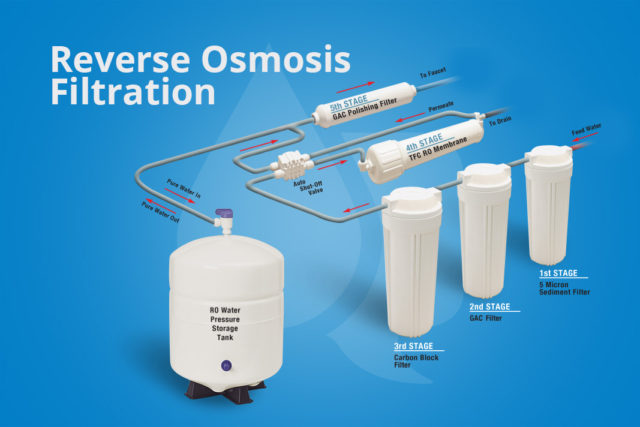
Multi-Stage Reverse Osmosis
Although Reverse osmosis (RO) systems come in a variety of configurations, typically, they have at least 3 stages on the low end and 5 stages on the higher end. In addition to RO systems, there are also alkaline filters that you can add onto certain systems for alkaline water at your tap. RO filter systems and storage tanks and usually installed under the kitchen sink and connected to a dedicated spigot.
But My Refrigerator Already Has A Filter?
RO systems do a much more thorough job treating your water than refrigerator filters or pitcher filters do. Reverse osmosis filtration undergoes the same filtration process that is used by most major bottled water brands.
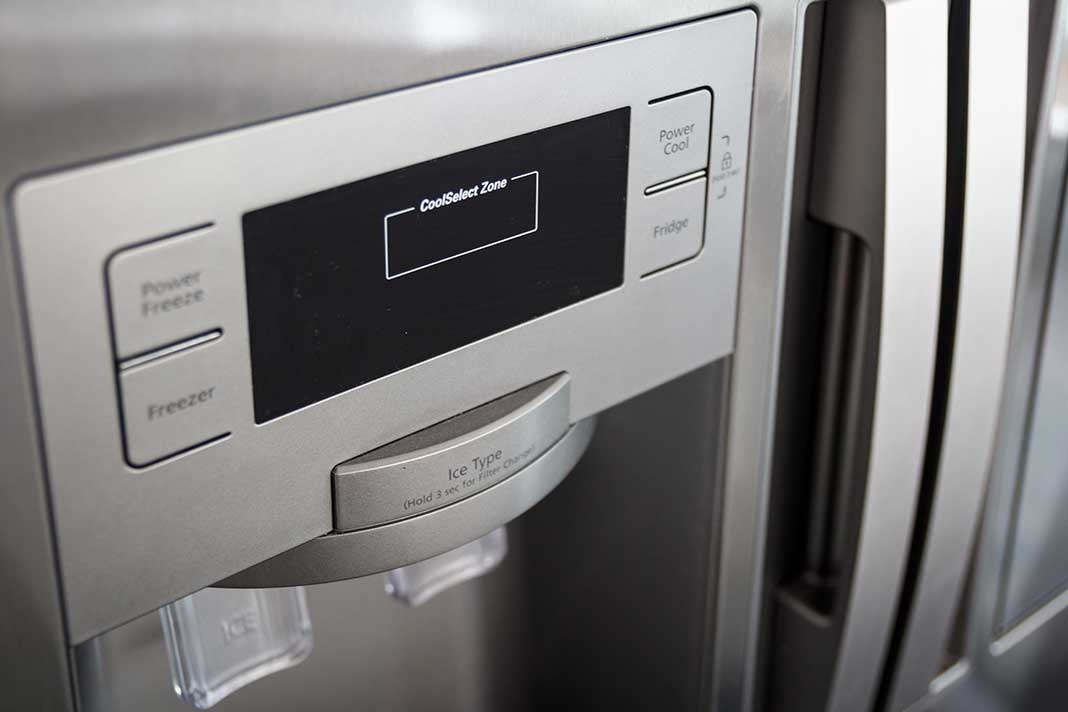
How RO Systems Work – A Quick Primer
By forcing water through a series of filters and a semipermeable membrane, RO systems are a convenient way to have constant supply of purified water. A series of sediment and carbon prefilters are used to capture larger particles and chlorine, whereas the membrane captures the smaller impurities. A final activated carbon post filter removes residual taste and odors, and then the treated water is transferred into a small tank until it is ready to be used.
Some benefits of treating ordinary municipal water in this way are:
- safe and healthy baby formulas
- healthier washing and preparing of food
- clean, delicious drinking water
- better coffee and tea brews
- clear ice cubes
- healthier pasta, soups and vegetables
Periodic maintenance is required, and the unit’s membrane and post filter should be replaced at the date scheduled by the manufacturer.
Interested in more info? Check out Water Treatment for Dummies – easy to read, just 50 pages, packed with useful information. It’s FREE, and you can get your copy here.




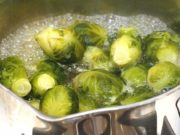

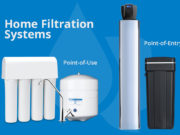
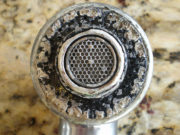

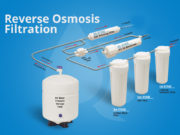


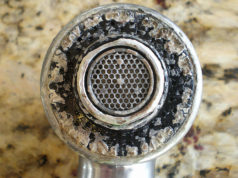
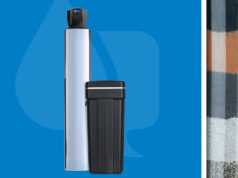
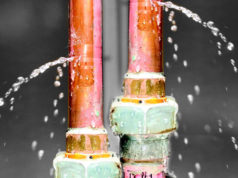

[…] What is Reverse Osmosis Water? […]
[…] What is Reverse Osmosis Water? […]